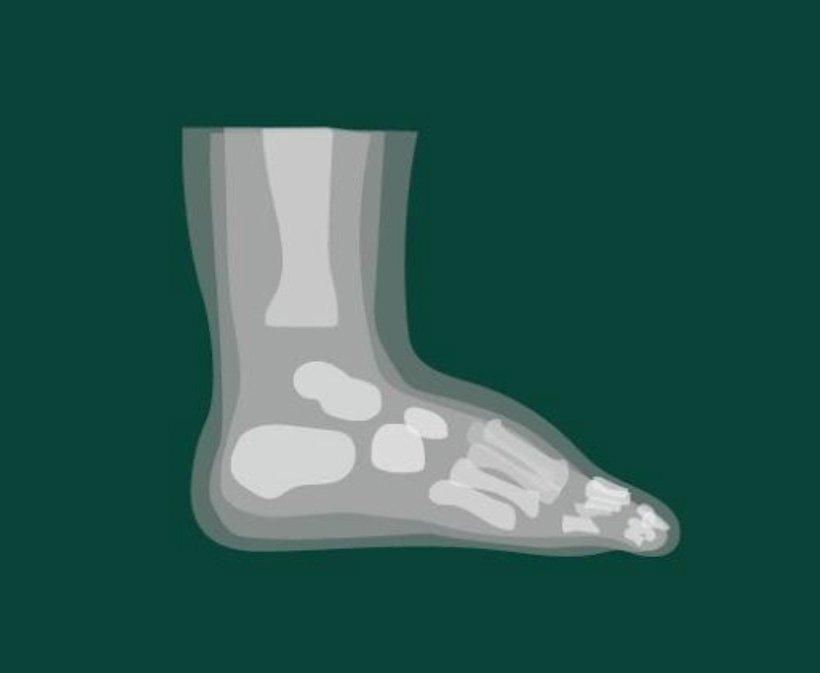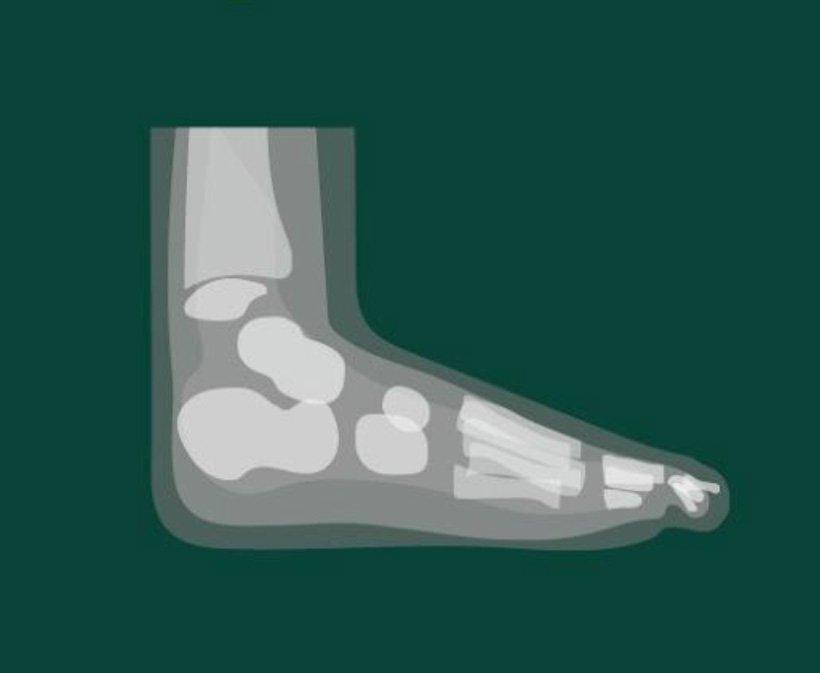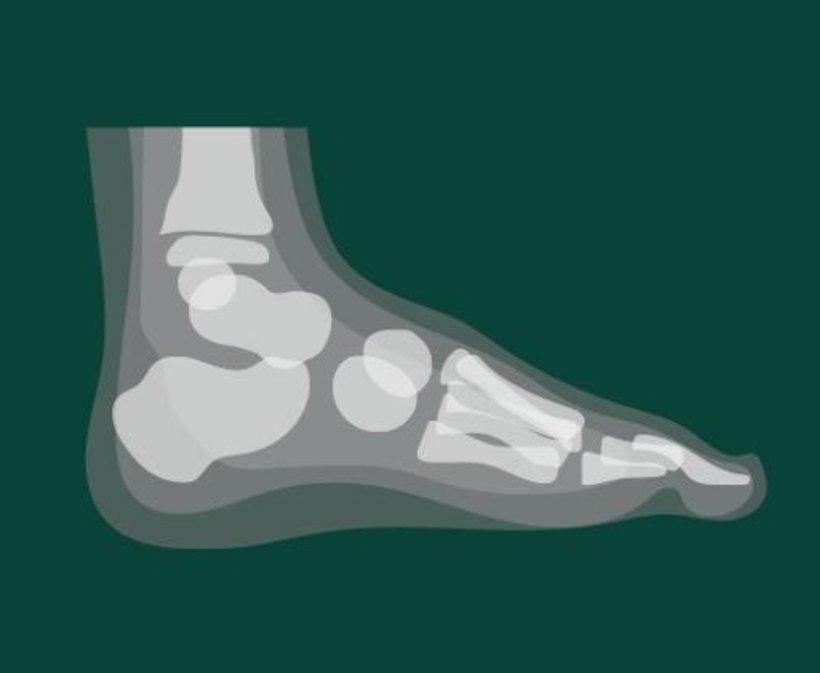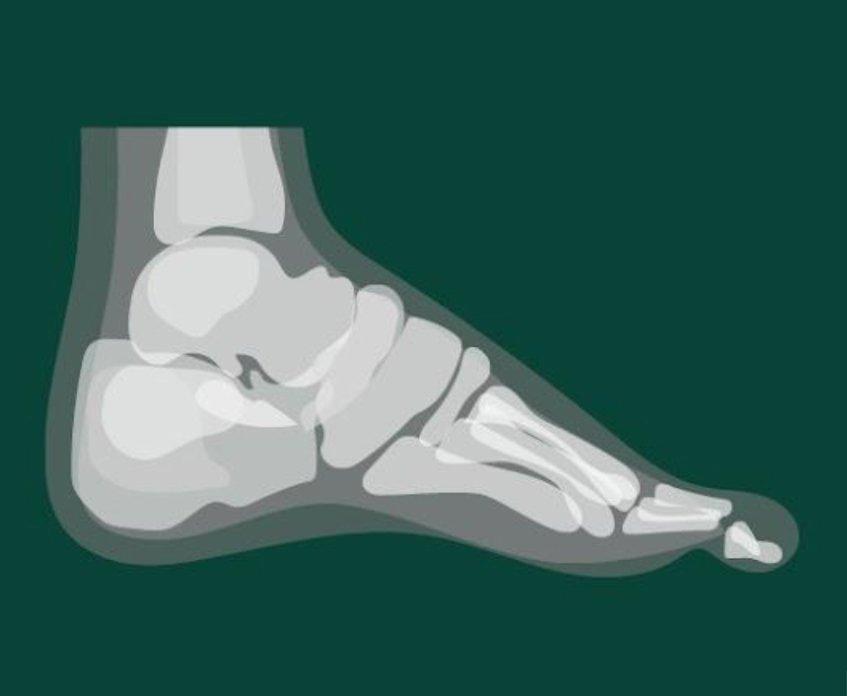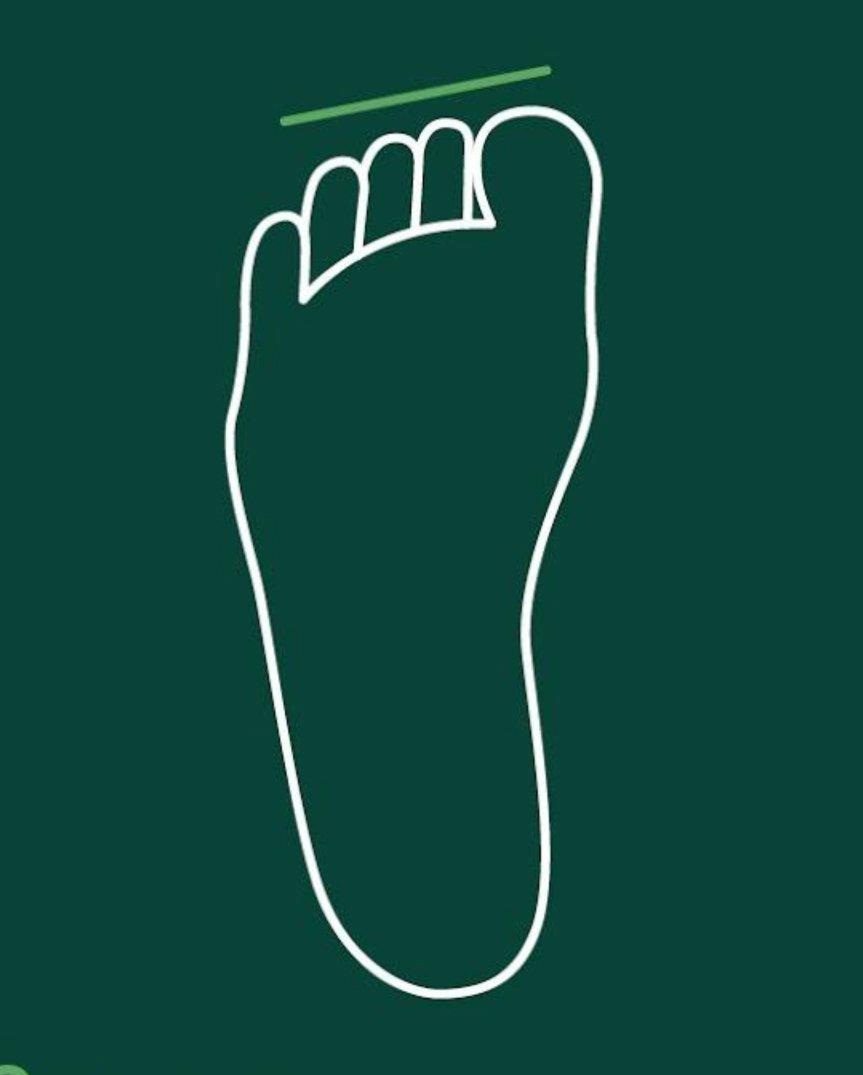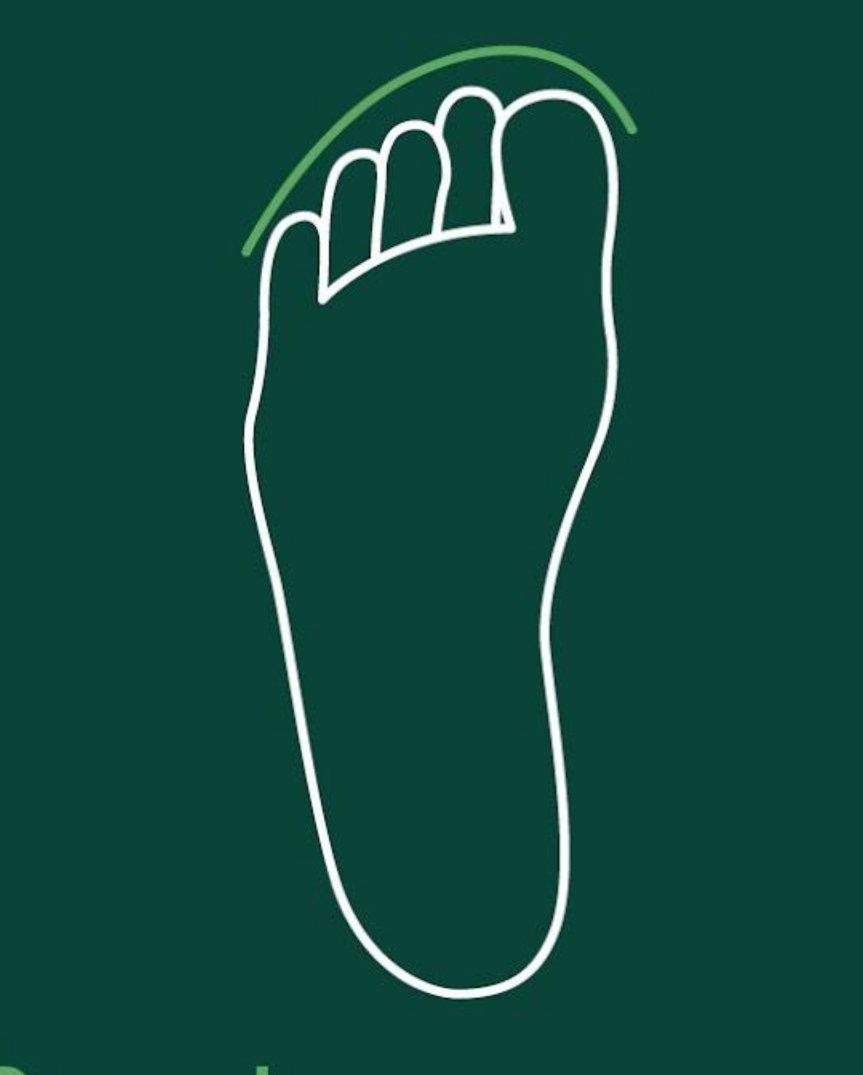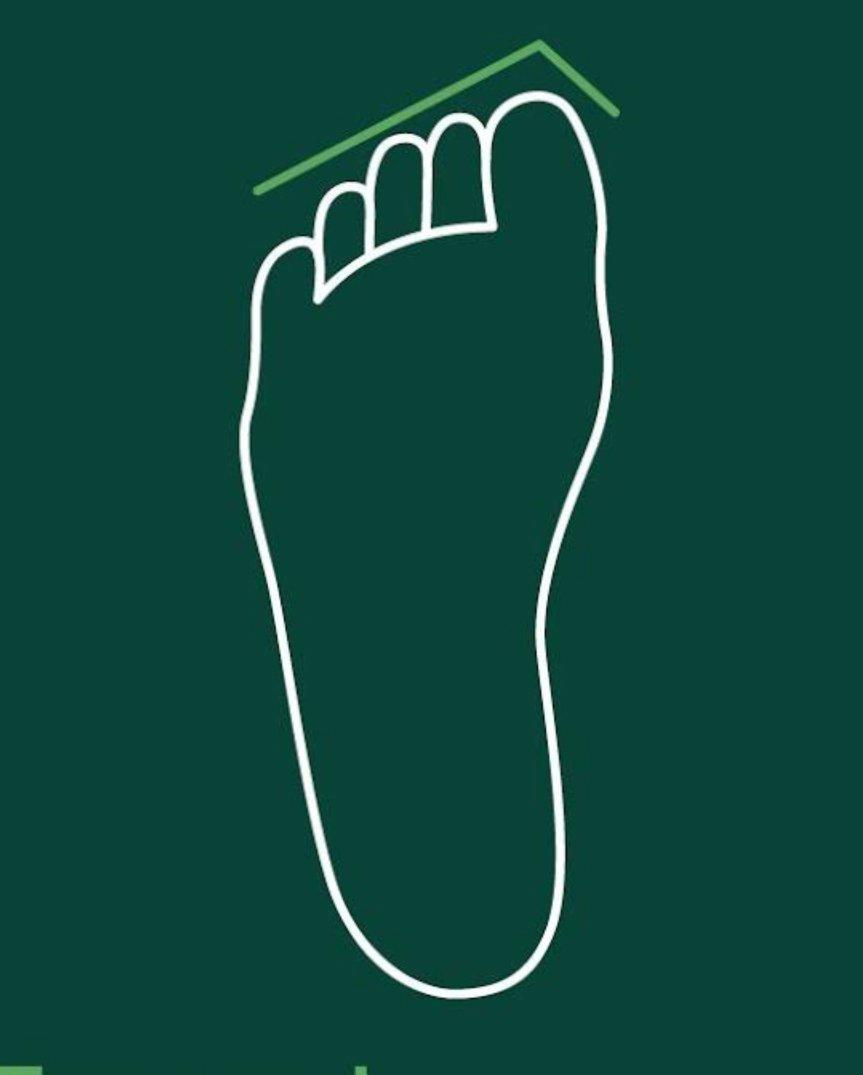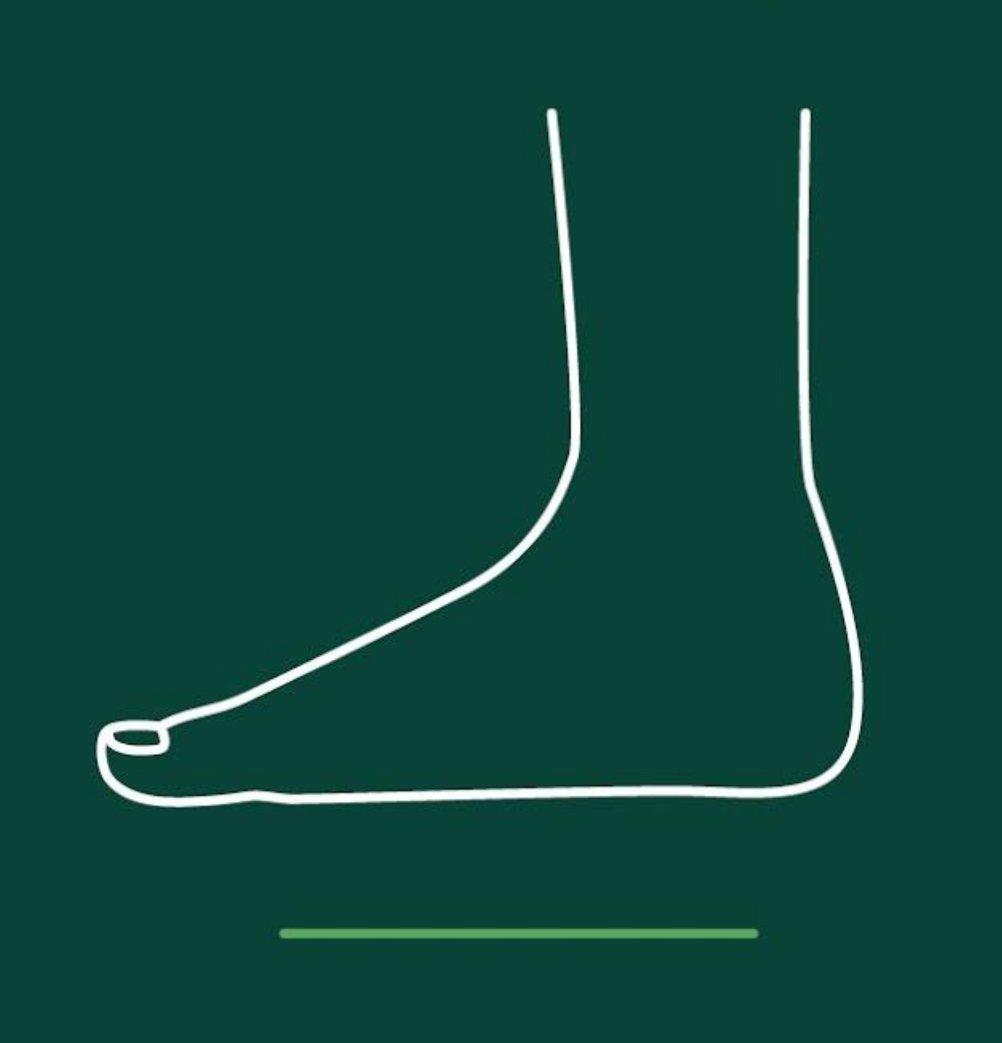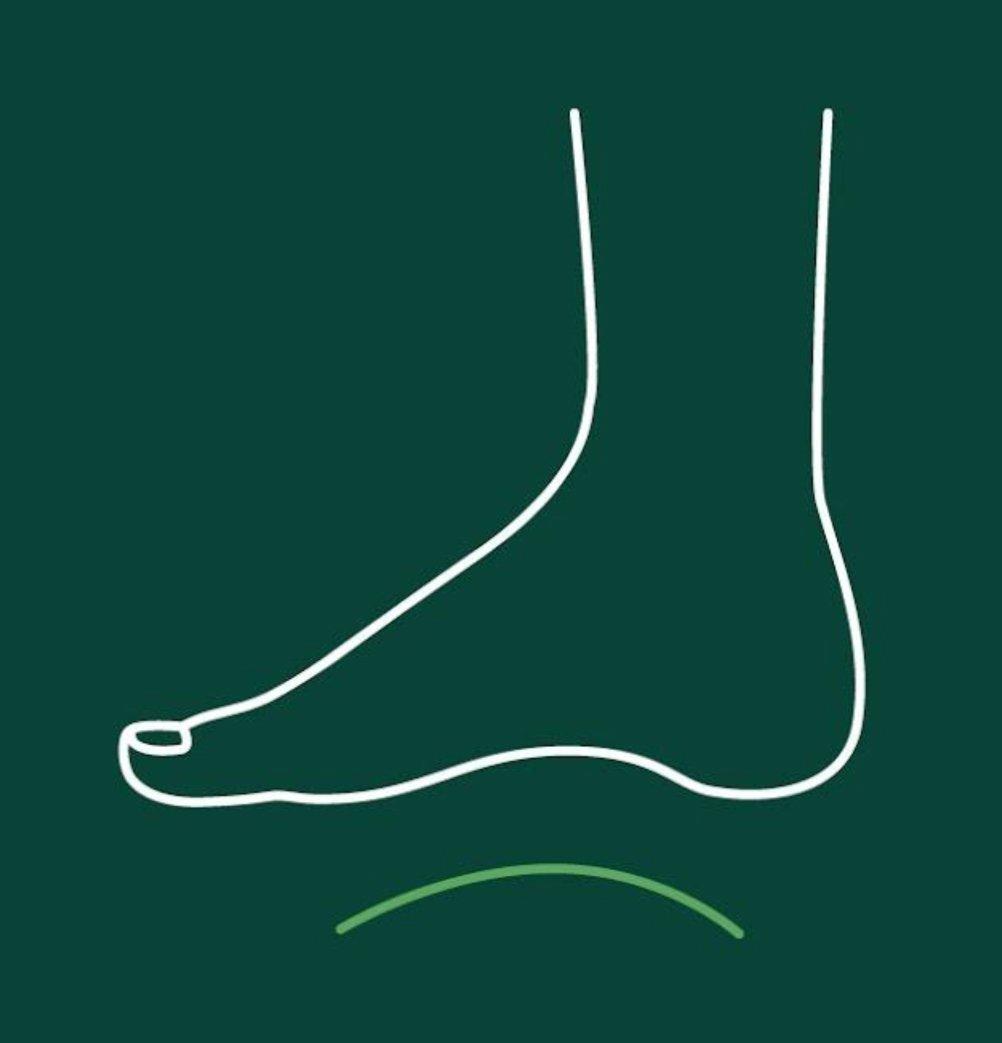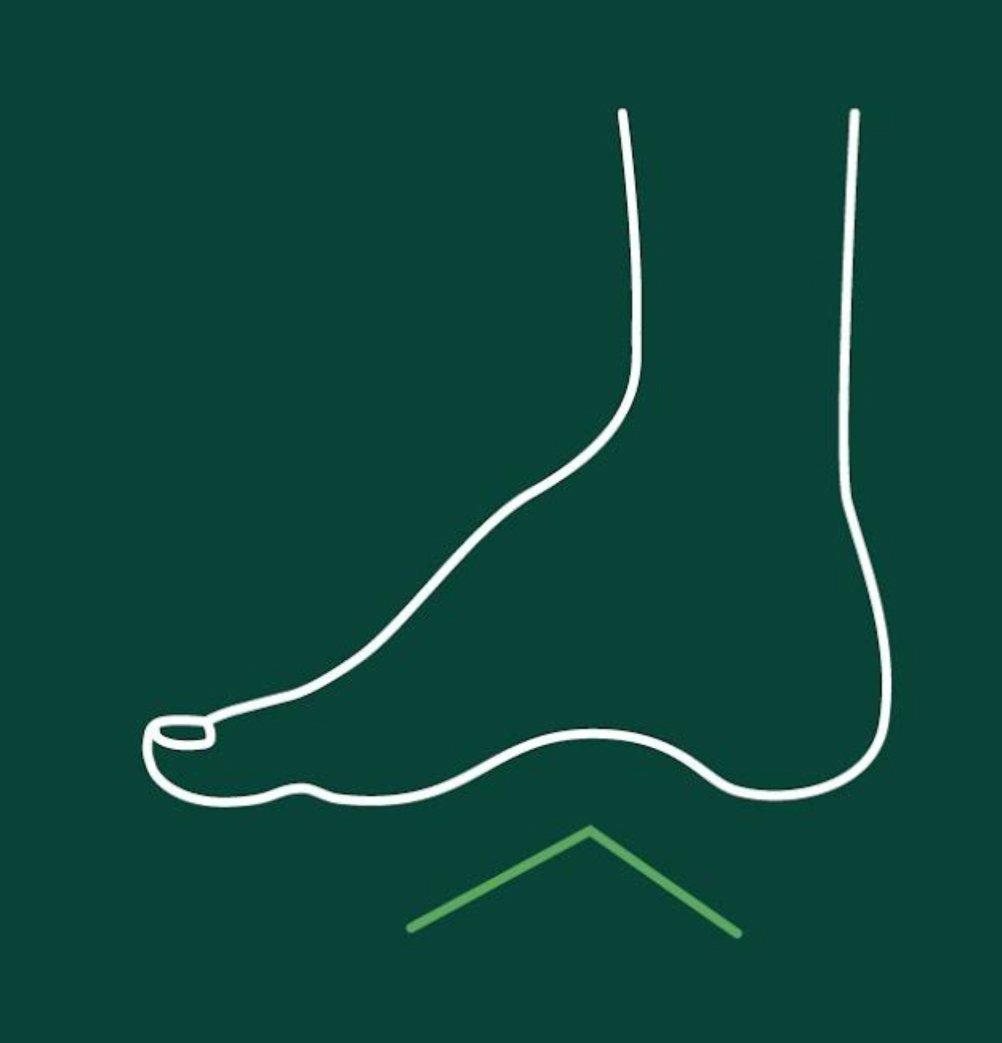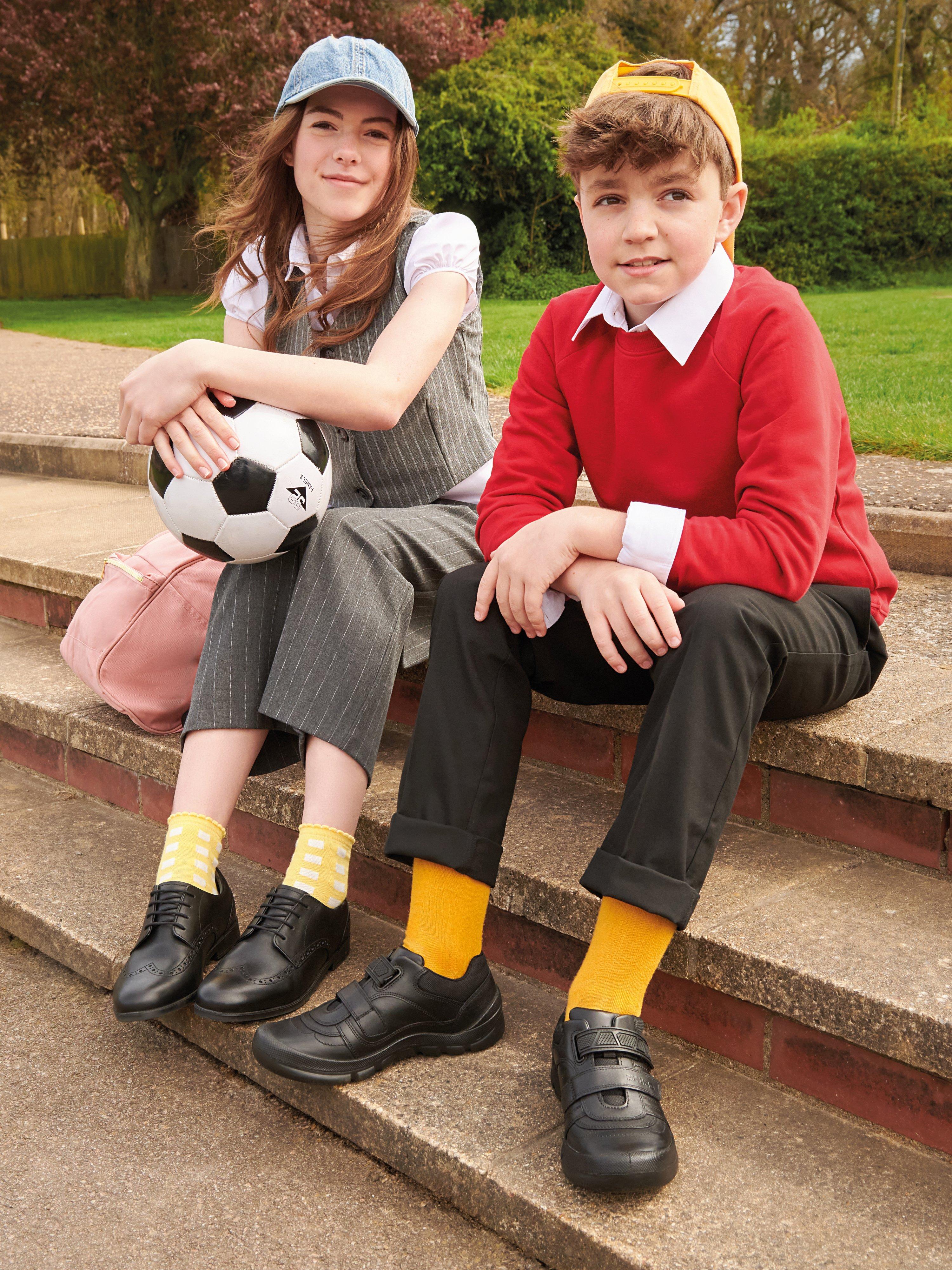Helping to get their shoe fit just right
Start-Rite know a thing or two about kids' feet – they've been in the business since 1792. They believe it's really important to measure young feet accurately before buying every pair of shoes – after all, ill-fitting footwear can impact on a child's foot health for years to come.
So spend some time with Start-Rite's handy measuring guide.
Foot development
Pre Walkers
Feet are mainly soft tissue and cartilage; they are very soft and pliable. At this point they're not designed to take any pressure from standing or from wearing shoes. Even tight socks may compromise foot development.
First Steps
Bones are going through ossification, but ligaments still haven’t fully formed so feet are still soft and vulnerable. Walking is determined when the feet, legs and spine are strong enough to start bearing weight. This is instinctive for each child and occurs at different times.
Pre School
Softer tissues are starting to become stronger and better prepared for weight bearing. Ligaments and bones continue to develop in preparation for more adult-like walking and running.
Kids 4+
All ligaments are starting to form, and bones are becoming stronger. Trunk, leg and foot muscles are learning to work synchronously together. Feet aren’t fully developed until mid-late teens.
Foot shapes
Square
All toes are about the same length
Round
The 2nd toe is the longest, toes then taper off
Tapered
The big toe is the longest, toes then taper off
Arch shapes
Flat
A very flexible foot with an arch that sits low to the ground. Limited arch definition.
Typical
Biomechanically efficient foot. Moderately flexible foot with a defined arch.
High
A very rigid foot with an arch that sits higher from the ground. Well defined arch.
How often should you measure kids’ feet?
- Pre-walkers – every 6-8 weeks
- First steps –every 6-8 weeks
- Pre-school – every 2-3 months
- Kids 4+ – every 3-4 months
Using the small gauge
- Make sure your child’s socks fit well. Ensure the child is sitting on a lap and the foot is dangling.
- Hold the foot into the gauge with the heel against the heel rest. Push the length slider forward so that is rests lightly against the longest toe.
- Take a note of the size shown by the line in the circle. This is the child’s shoe size.
- Pull the tape gently until it’s resting on the foot. Lift the tape until it’s parallel to the floor. The letter the blue arrow is pointing at is the width fitting.
- Repeat these steps for the other foot. The shoe size needed will be the size of the longest foot, and the width of the widest foot.
Using the large gauge
- Make sure your child’s socks fit well. Place the foot on the gauge using a footstool. The position of the leg should be a 90º angle.
- Hold the foot in the gauge so the heel is against the heel rest. Push the length slider forward so it rests lightly against the longest toe.
- Take a note of the size shown by the line In the circle. This is the child’s shoe size.
- Position the tape diagonally across the foot at the toe joints and pull the tape gently so its sits around the foot. Use the shoe size noted to find the corresponding width measurement on the tape.
- Repeat these steps for the other foot. The shoe size will be the size of the longest foot, and the width of the widest foot.
What to look for in a school shoe
Comfort: Kids spend so much time in their school shoes, and we want to make sure they can make the most of their days. If their shoes are uncomfortable it might affect their ability to concentrate in class and have fun at breaktimes. Finding a comfortable pair means they can get on with their day without distraction.
Durability: Whether they’re running around the playground or having a kick-about on the field, your child’s school shoes need to be tough enough to withstand all sorts of activities. Choosing a good quality pair will make sure they last longer and see them through the school year.
The Right Material: We believe that leather is generally the most suitable material for school shoes, as it can be protected and even repaired. Leather school shoes are durable, breathable, and long-lasting. Patent leather is also durable and has a high-shine finish that makes it easy to clean – and looks super smart, too!
Some schools allow shoes made from other materials, such as canvas. Canvas feels really breezy, so it’s ideal for summer – and shoes made from this material are often machine washable, which is a big bonus.
Size guides
Baby size conversion chart
0-12 months
| UK | EU | MMs |
| 2 | 94 - 103 | |
| 2 ½ | 18 | 104 - 107 |
| 3 | 19 | 108 - 111 |
| 3 ½ | 112 - 116 | |
| 4 | 20 | 117 - 120 |
| 4½ | 21 | 121 - 124 |
Kids' size conversion chart
small sizes
| UK | EU |
| 2 | |
| 2 ½ | 18 |
| 3 | 19 |
| 3 ½ | |
| 4 | 20 |
| 4 ½ | 21 |
| 5 | |
| 5 ½ | 22 |
| 6 | 23 |
| 6 ½ | |
| 7 | 24 |
| 7 ½ | 25 |
| 8 | |
| 8 ½ | 26 |
| 9 | 27 |
| 9 ½ | |
| 10 | 28 |
| 10 ½ | |
| 11 | 29 |
| 11 ½ | 30 |
| 12 | |
| 12 ½ | 31 |
| 13 | 32 |
| 13½ |
Large sizes
| UK | EU |
| 1 | 33 |
| 1 ½ | |
| 2 | 34 |
| 2 ½ | 35 |
| 3 | |
| 3 ½ | 36 |
| 4 | 37 |
| 4 ½ | |
| 5 | 38 |
| 5 ½ | 39 |
| 6 | |
| 6 ½ | 40 |
| 7 | 41 |
| 7 ½ | |
| 8 | 42 |
| 8 ½ | |
| 9 | 43 |
| 9 ½ | 44 |
| 10 | |
| 10 ½ | 45 |
| 11 | 46 |
UK to European and US conversion chart – Size
| UK | EU | US | FOOT LENGTH |
| 2 jnr | 17.5 | 2.5 | 101 |
| 2.5 jnr | 18 | 3 | 102 |
| 3 jnr | 18.5 | 3.5 | 109 |
| 3.5 jnr | 19 | 4 | 113 |
| 4 jnr | 20 | 4.5 | 117 |
| 4.5 jnr | 20.5 | 5 | 122 |
| 5 jnr | 21 | 5.5 | 126 |
| 5.5 jnr | 22 | 6 | 130 |
| 6 | 22.5 | 6.5 | 134 |
| 6.5 jnr | 23 | 7 | 138 |
| 7 | 24 | 7.5 | 142 |
| 7.5 jnr | 25 | 8 | 147 |
| 8 | 25.5 | 8.5 | 151 |
| 8.5 jnr | 26 | 9 | 155 |
| 9 jnr | 27 | 9.5 | 159 |
| 9.5 jnr | 27.5 | 10 | 164 |
| 10 jnr | 28 | 10.5 | 168 |
| 10.5 jnr | 28.5 | 11 | 172 |
| 11 jnr | 29 | 11.5 | 176 |
| 11.5 jnr | 29.5 | 12 | 181 |
| 12 jnr | 30 | 12.5 | 185 |
| 12.5 jnr | 31 | 13 | 189 |
| 13 jnr | 32 | 13.5 | 193 |
| 13.5 jnr | 32.5 | 1 | 198 |
| 1 | 33 | 1.5 | 202 |
| 1.5 | 33.5 | 2 | 206 |
| 2 | 34 | 2.5 | 210 |
| 2.5 | 35 | 3 | 214 |
| 3 | 35.5 | 3.5 | 219 |
| 3.5 | 36 | 4 | 223 |
| 4 | 37 | 4.5 | 227 |
| 4.5 | 37.5 | 5 | 231 |
| 5 | 38 | 5.5 | 236 |
| 5.5 | 39 | 6 | 240 |
| 6 | 23.5 | 6.5 | 246 |
| 6.6 | 40 | 7 | 250 |
| 7 | 41 | 7.5 | 255 |
| 7.5 | 41.5 | 8 | 260 |
| 8 | 42 | 8.5 | 264 |
| 8.5 | 42.5 | 9 | 267 |
| 9 | 43 | 9.5 | 273 |
| 9.5 | 44 | 10 | 277 |
| 10 | 44.5 | 10.5 | 281 |
UK to European and US conversion chart – Width
| UK | EU | US | WIDTH |
| D FIT | XN | XN | Extra Narrow |
| E FIT | N | N | Narrow |
| F FIT | M | M | Medium |
| G FIT | W | W | Wide |
| H FIT | XW | XW | Extra Wide |



